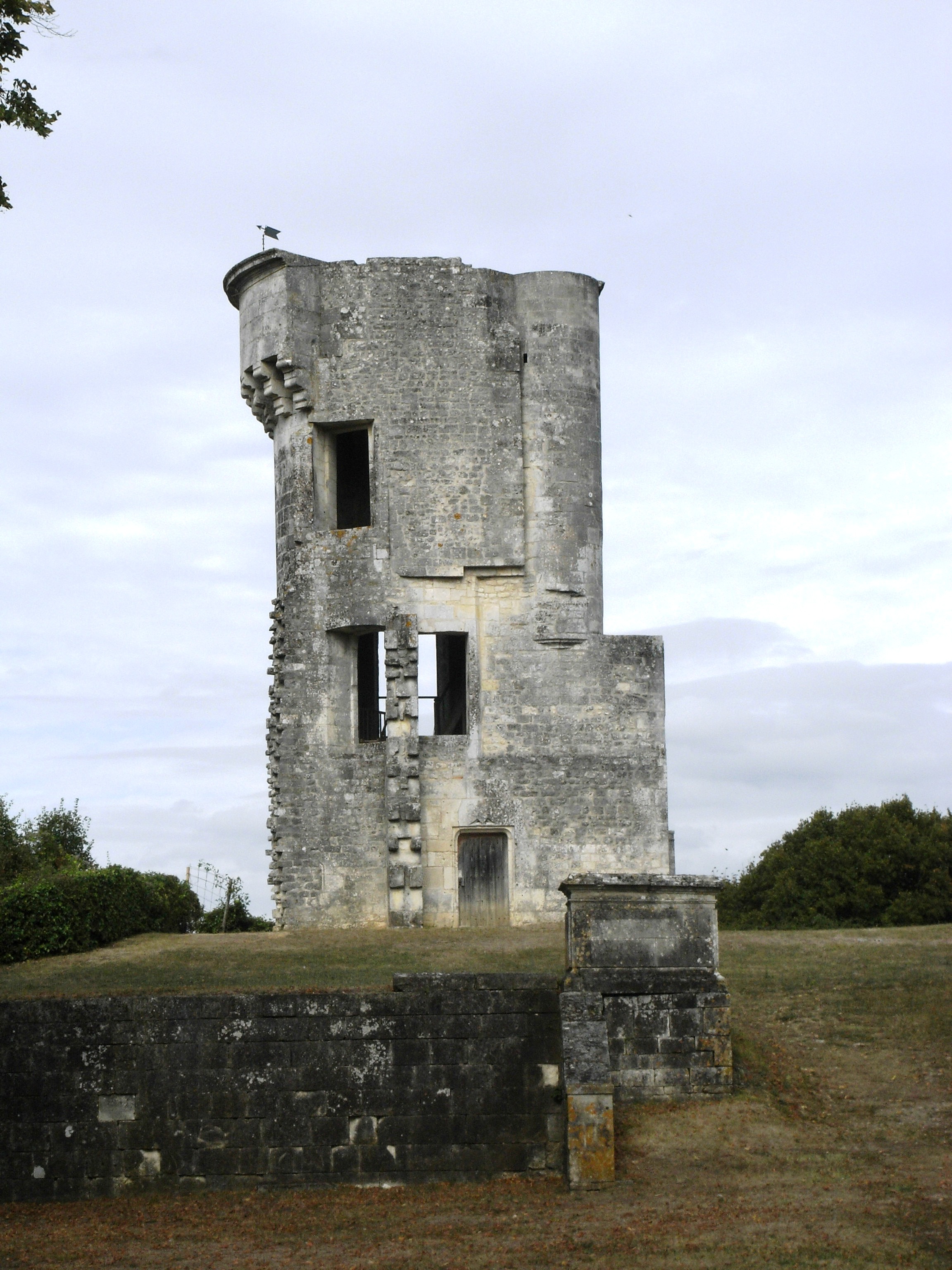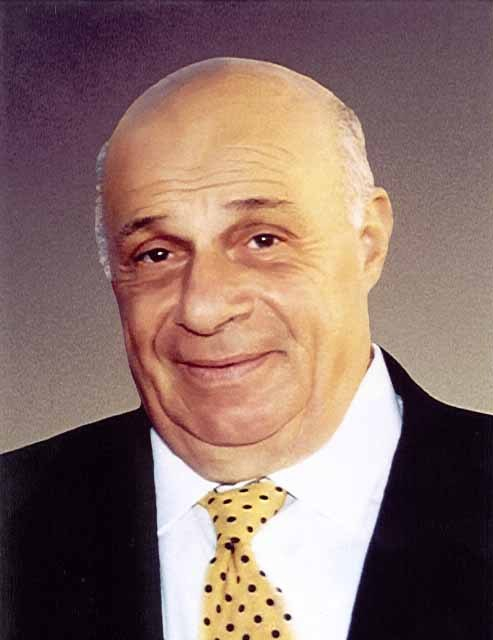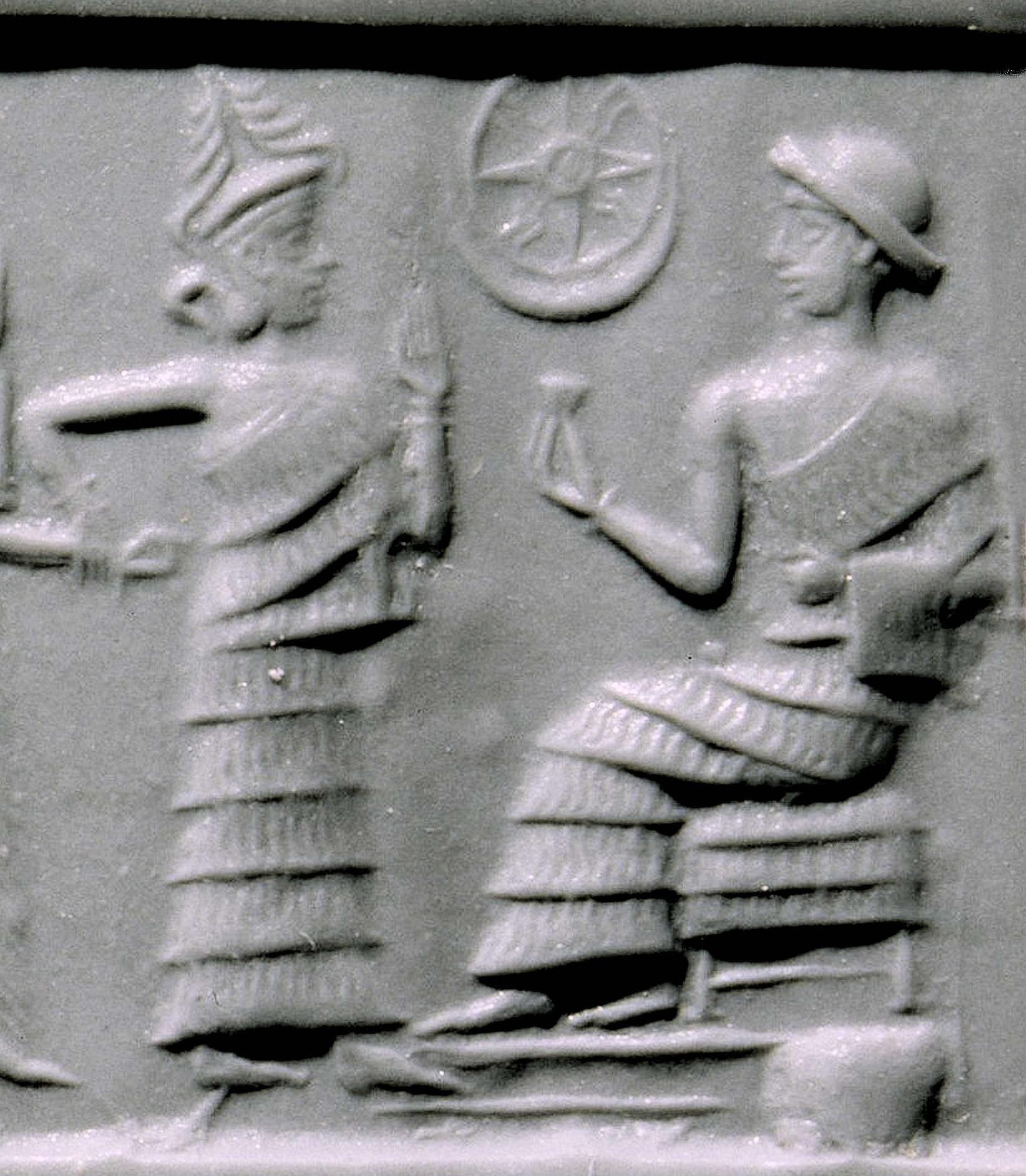|
Coat Of Arms Of Cyprus
The coat of arms of Cyprus is the national emblem of the Republic of Cyprus. Republic of Cyprus The coat of arms of the Republic of Cyprus depicts a dove carrying an olive branch, symbolizing peace, over "1960", the year of Cypriot independence from British rule. The background is a copper-yellow colour; this symbolises the large deposits of copper ore on Cyprus (chiefly in the form of chalcopyrite, which is yellow in colour). The two-part wreath represents the two ethnic groups of Cyprus, Greeks and Turks. The Cypriot coat of arms was selected as the main motif of a high value collectors' coin in 2008, the Cyprus introduction to the Eurozone commemorative coin, minted in 2008. The obverse depicts the coat of arms of Cyprus while the reverse depicts Cyprus connected with a ring to Europe, on a transfigured map. File:Coat of arms of Cyprus (old).svg, Coat of arms of the Republic of Cyprus (1960–2006) File:Cyprus Prisons Department Emblem.svg, Coat of arms of the Cyprus Prison ... [...More Info...] [...Related Items...] OR: [Wikipedia] [Google] [Baidu] |
National Symbol
A national symbol is a manifestation of a nation or community, serving as a representation of their National identity, identity and values. National symbols may be not only applied to sovereign states but also nations and countries in a state of Colony, colonial or other forms of Dependent territory, dependence, federalism, federal integration, or even ethnocultural communities that identify as a "nationality" despite lacking autonomy. National symbols intend to unite individuals by creating visual, verbal, or icon, iconic representations of the national people, values, goals, culture and/or history. These symbols are often rallied around as part of celebrations of patriotism and/or aspiring nationalism (such as independence, autonomy, and/or separation movements) and are designed to be inclusive and representative of all the people of the national community. Common official national symbols *The national flag, flag or banner of a state *The Gallery of country coats of arms, c ... [...More Info...] [...Related Items...] OR: [Wikipedia] [Google] [Baidu] |
Vert (heraldry)
In British heraldry, vert () is the tincture equivalent to green. It is one of the five dark tinctures called ''colours''. Vert is commonly found in modern flags and coat of arms, and to a lesser extent also in the classical heraldry of the Late Middle Ages and the Early Modern period. Green flags were historically carried by Ottokar II of Bohemia in the 13th century. In the modern period, a green ensign was flown by Irish vessels, becoming a symbol of Irish nationalism in the 19th and 20th century. The Empire of Brazil used a yellow rhombus on a green field from 1822, now seen in the flag of Brazil. In the 20th century, a green field was chosen for a number of national flag designs, especially in the Arab and Muslim world because of the symbolism of green in Islam, including the solid green flag of the Libyan Arab Jamahiriya (1977). Vert is portrayed in heraldic hatching by lines at a 45-degree angle from upper left to lower right, or indicated by the abbreviation v. or vt. ... [...More Info...] [...Related Items...] OR: [Wikipedia] [Google] [Baidu] |
Kingdom Of Jerusalem
The Kingdom of Jerusalem, also known as the Crusader Kingdom, was one of the Crusader states established in the Levant immediately after the First Crusade. It lasted for almost two hundred years, from the accession of Godfrey of Bouillon in 1099 until the Siege of Acre (1291), fall of Acre in 1291. Its history is divided into two periods with a brief interruption in its existence, beginning with its collapse after the Siege of Jerusalem (1187), siege of Jerusalem in 1187 and its restoration after the Third Crusade in 1192. The original Kingdom of Jerusalem lasted from 1099 to 1187 before being almost entirely overrun by the Ayyubid dynasty, Ayyubid Sultanate under Saladin. Following the Third Crusade, it was re-established in Acre, Israel, Acre in 1192. The re-established state is commonly known as the "Second Kingdom of Jerusalem" or, alternatively, as the "Kingdom of Acre" after its new capital city. Acre remained the capital for the rest of its existence, even during the tw ... [...More Info...] [...Related Items...] OR: [Wikipedia] [Google] [Baidu] |
Knights Templar
The Poor Fellow-Soldiers of Christ and of the Temple of Solomon, mainly known as the Knights Templar, was a Military order (religious society), military order of the Catholic Church, Catholic faith, and one of the most important military orders in Western Christianity. They were founded in 1118 to defend pilgrims on their way to Jerusalem, with their headquarters located there on the Temple Mount, and existed for nearly two centuries during the Middle Ages. Officially endorsed by the Catholic Church by such decrees as the papal bull ''Omne datum optimum'' of Pope Innocent II, the Templars became a favoured charity throughout Christendom and grew rapidly in membership and power. The Templar knights, in their distinctive white mantle (monastic vesture), mantles with a red Christian cross, cross, were among the most skilled fighting units of the Crusades. They were prominent in Christian finance; non-combatant members of the order, who made up as much as 90% of their members, ma ... [...More Info...] [...Related Items...] OR: [Wikipedia] [Google] [Baidu] |
Richard I Of England
Richard I (8 September 1157 – 6 April 1199), known as Richard the Lionheart or Richard Cœur de Lion () because of his reputation as a great military leader and warrior, was King of England from 1189 until his death in 1199. He also ruled as Duke of Normandy, Duke of Aquitaine, Aquitaine, and Duchy of Gascony, Gascony; Lord of Cyprus in the Middle Ages, Cyprus; Count of Poitiers, Counts and dukes of Anjou, Anjou, Count of Maine, Maine, and Count of Nantes, Nantes; and was overlord of Brittany at various times during the same period. He was the third of five sons of Henry II of England and Eleanor of Aquitaine and was therefore not expected to become king, but his two elder brothers predeceased their father. By the age of 16, Richard had taken command of his own army, putting down rebellions in Poitou against his father. Richard was an important Christian commander during the Third Crusade, leading the campaign after the departure of Philip II of France and achieving sev ... [...More Info...] [...Related Items...] OR: [Wikipedia] [Google] [Baidu] |
Royal Coat Of Arms Of The United Kingdom
The royal coat of arms of the United Kingdom, also referred to as the royal arms, are the arms of dominion of the British monarch, currently Charles III. They are used by the Government of the United Kingdom and by other The Crown, Crown institutions, including courts in the United Kingdom and Coat of arms of the United Kingdom#Commonwealth usage, in some parts of the Commonwealth of Nations, Commonwealth. Difference (heraldry), Differenced versions of the arms are used by members of the British royal family. The monarch's official flag, the Royal Standard of the United Kingdom, royal standard, is the coat of arms in flag form. There are two versions of the coat of arms. One is used in Scotland, and includes elements derived from the Coat of arms of Scotland, coat of arms of the Kingdom of Scotland, and the other is used elsewhere and includes elements derived from the Coat of arms of England, coat of arms of the Kingdom of England. The shields of both versions of the arms Quart ... [...More Info...] [...Related Items...] OR: [Wikipedia] [Google] [Baidu] |
Crown Colony
A Crown colony or royal colony was a colony governed by Kingdom of England, England, and then Kingdom of Great Britain, Great Britain or the United Kingdom within the English overseas possessions, English and later British Empire. There was usually a Governor#United Kingdom overseas territories, governor to represent the Crown, appointed by the Monarchy of the United Kingdom, British monarch on the advice of the Government of the United Kingdom, UK Government, with or without the assistance of a local council. In some cases, this council was split into two: an executive council and a legislative council, and the executive council was similar to the Privy Council of the United Kingdom, Privy Council that advises the monarch. Members of executive councils were appointed by the governors, and British citizens resident in Crown colonies either had no representation in local government, or limited representation in a lower house. In several Crown colonies, this limited representation g ... [...More Info...] [...Related Items...] OR: [Wikipedia] [Google] [Baidu] |
President Of Northern Cyprus
The president of Northern Cyprus is the head of state of the Turkish Republic of Northern Cyprus. Rauf Denktaş was the first and founding president of Northern Cyprus, and retired in 2005. His position was taken over by Mehmet Ali Talat, followed by Derviş Eroğlu,Northern Cyprus's new president: Enter Eroglu (The Economist) Retrieved on 2011-06-01. then , and the current president, Ersin Tatar. The president is elected every five years. Presidential elections are held in two rounds if no candidate gains more than 50% of the votes in the first round. It is necessary that the ... [...More Info...] [...Related Items...] OR: [Wikipedia] [Google] [Baidu] |
Turkish Federated State Of Cyprus
The Turkish Federated State of Cyprus (TFSC) was a state in Northern Cyprus, declared in 1975 and existed until 1983. This state was not recognised by the international community. It was succeeded by the Turkish Republic of Northern Cyprus. History The UN Secretary-General came to Cyprus on 25–26 December 1974, and demanded that bilateral talks must be initiated between the two communities. After the Temporary Turkish Cypriot Administration was declared on 1 October 1974, the second phase was put into effect unilaterally on 13 February 1975 with the declaration of the Turkish Federated State of Cyprus by the Chairman of the Administration Rauf Denktaş, in the Autonomous Turkish Administration Assembly of Cyprus. In 1975, the "Turkish Federated State of Cyprus" was declared as a first step towards a future federated Turkish Cypriot state, but was rejected by the Republic of Cyprus, the UN, and the international community. The United Nations Security Council Resolution 367 ... [...More Info...] [...Related Items...] OR: [Wikipedia] [Google] [Baidu] |
Attitude (heraldry)
In heraldry, the term attitude describes the ''position'' in which a figure (animal or human) is emblazoned as a charge, a supporter, or as a crest. The attitude of a heraldic figure always precedes any reference to the tincture of the figure and its parts. Some attitudes apply only to predatory beasts, exemplified by the beast most usual to heraldry – the heraldic lion; other terms apply to docile animals, such as the doe, usually emblazoned as a "hind". Other heraldic attitudes, such as ''volant'' (flying), describe the positions of birds, exemplified by the bird most usual to heraldry – the heraldic eagle; moreover, birds also are described by the positions of their wings. The term ''naiant'' (swimming) applies to fish, swans, ducks, and geese. The term ''segreant'' is applied to the griffin, as an approximation of ''rampant'', and is applied to the dragon. Animal figures are positioned in profile, facing dexter (the viewer's left), and persons are shown ''affronté'' ... [...More Info...] [...Related Items...] OR: [Wikipedia] [Google] [Baidu] |
Star And Crescent
The conjoined representation of a star and a crescent is used in various historical contexts, including as a prominent symbol of the Ottoman Empire, and in contemporary times, as a national symbol by some countries, and by some Muslims as a symbol of Islam, while other Muslims reject it as an Islamic symbol. It was developed in the Greek colony of Byzantium ca. 300 BC, though it became more widely used as the royal emblem of Pontic king Mithridates VI Eupator after he incorporated Byzantium into his kingdom for a short period. During the 5th century, it was present in coins minted by the Persian Sassanian Empire; the symbol was represented in the coins minted across the empire throughout the Middle East for more than 400 years from the 3rd century until the fall of the Sassanians after the Muslim conquest of Persia in the 7th century. The conquering Muslim rulers kept the symbol in their coinage during the early years of the caliphate, as the coins were exact replicas of the S ... [...More Info...] [...Related Items...] OR: [Wikipedia] [Google] [Baidu] |
Turkish Invasion Of Cyprus
The Turkish invasion of Cyprus began on 20 July 1974 and progressed in two phases over the following month. Taking place upon a background of Cypriot intercommunal violence, intercommunal violence between Greek Cypriots, Greek and Turkish Cypriots, and in response to a 1974 Cypriot coup d'état, Greek junta-sponsored Cypriot coup d'état five days earlier, it led to the Turkish Military occupation, capture and occupation of the northern part of the island. The coup was ordered by the Greek junta, military junta in Greece and staged by the Cypriot National Guard in conjunction with EOKA B. It deposed the Cypriot president Archbishop Makarios III and installed Nikos Sampson. The aim of the coup was the Enosis, union (''enosis'') of Cyprus with Greece, and the Hellenic Republic of Cyprus to be declared. The Battle of Pentemili beachhead, Turkish forces landed in Cyprus on 20 July and captured 3% of the island before a ceasefire was declared. The Greek military junta collapsed a ... [...More Info...] [...Related Items...] OR: [Wikipedia] [Google] [Baidu] |






